Location: New York (NY)
-

Human-Centered Change Management Webinar & Presentation
This webinar shares a human-centered approach to change management — from product design to implementation.
-
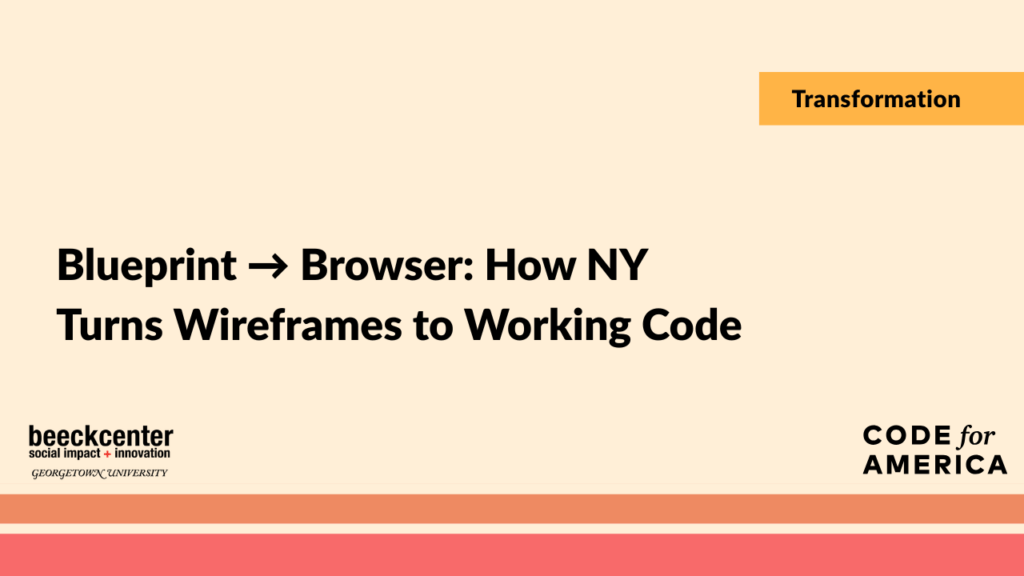
Blueprint → Browser How NY Turns Wireframes to Working Code
See how New York is transforming form design with fast, repeatable workflows that use tools like Figma, GitHub Copilot, and Code Connect.
-

Forms From Coast to Coast
This mainstage session from FormFest 2024 featured form innovations from the City of New York, NY and the City of Portland, OR.
-
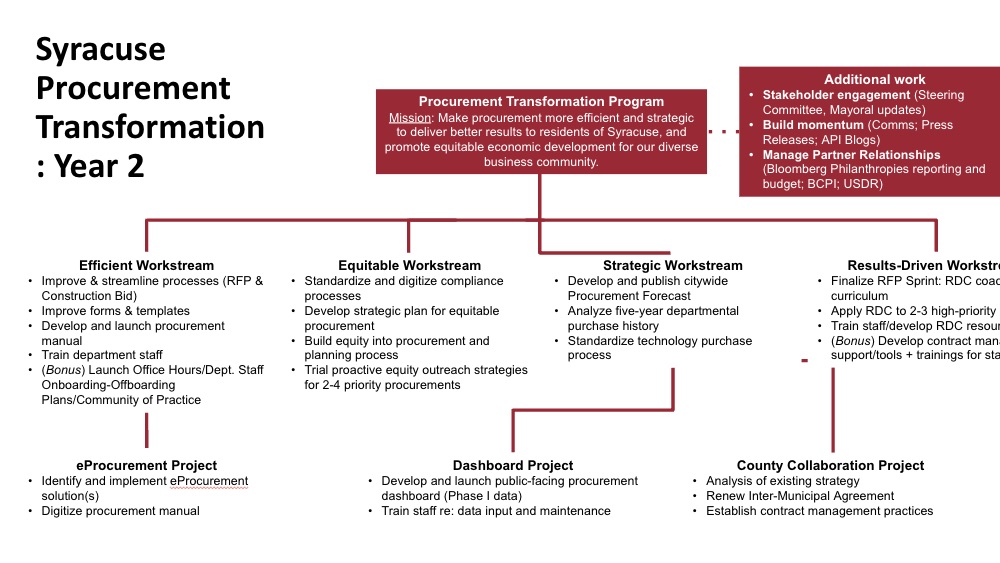
City of Syracuse Transformation Roadmap
City of Syracuse's transformation roadmap
-
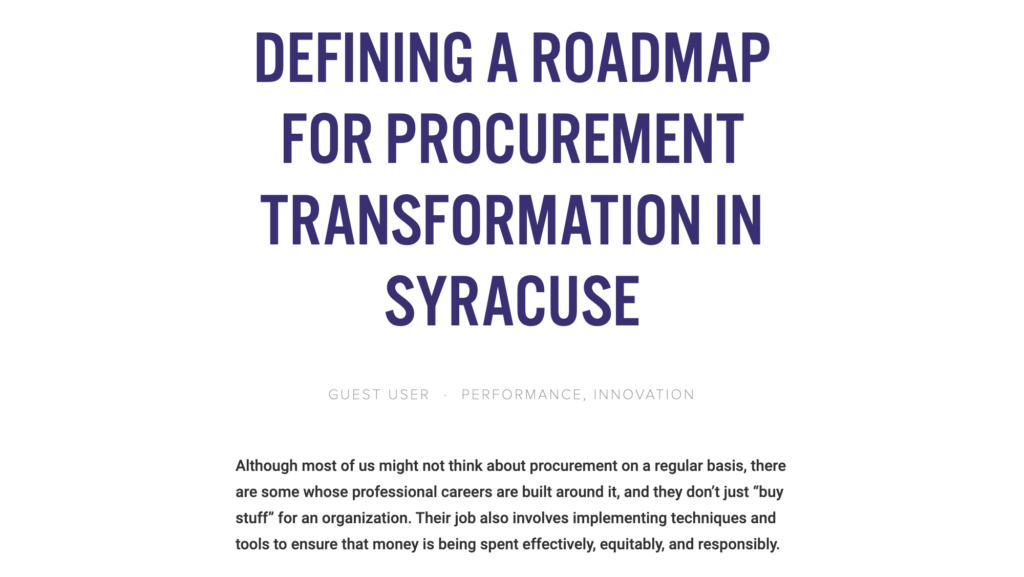
Defining a Roadmap for Procurement Transformation in Syracuse
Post from the Syracuse Procurement Team discussing their work in transforming procurement in Syracuse, NY.
-
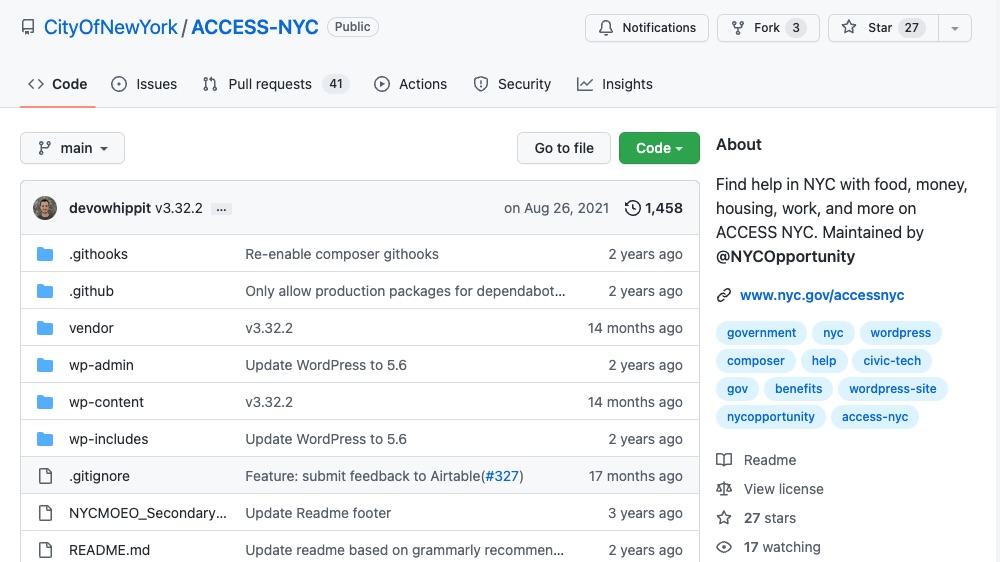
ACCESS NYC Github
Github page with ACCESS NYC’s code for benefits outreach and eligibility.
-

Senior Advisor
This is a job description for the role of Senior Advisor from the New York City Mayor's Office for Economic Opportunity (NYC Opportunity).
-

Design Lab Director
This is a job description for the role of Design Lab Director from the New York City Digital Services.
-

Senior Data Scientist
This is a job description for the role of Senior Data Scientist from the New York City Mayor's Office for Economic Opportunity (NYC Opportunity).
-

Senior Advisor
This is a job description for the role of Senior Advisor from the New York City Mayor's Office for Economic Opportunity (NYC Opportunity).
-
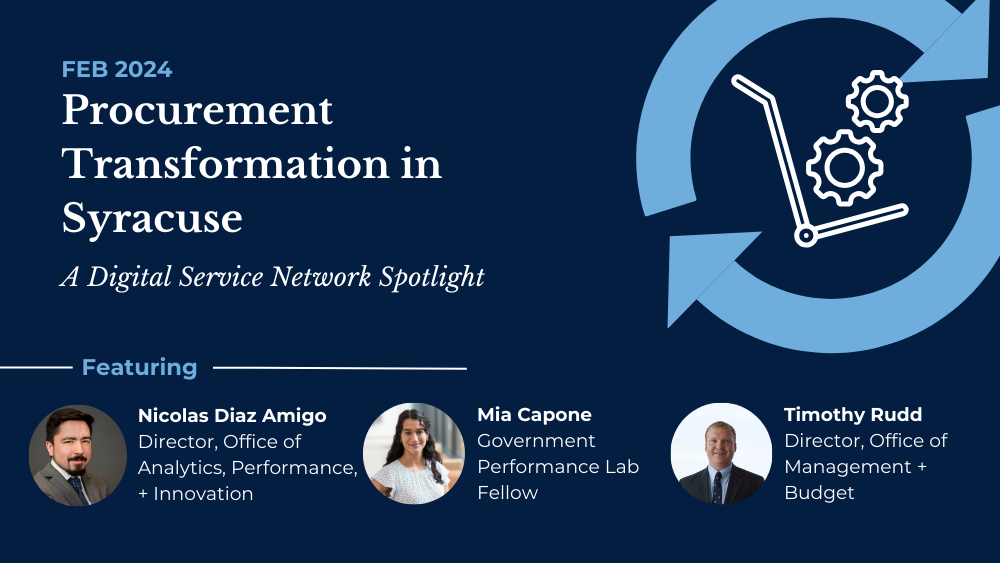
Procurement Transformation in Syracuse: A Digital Service Network Spotlight
The Digital Service Network (DSN) spoke with API Director Nicolas Diaz Amigo, GPL Fellow Mia Capone, and OMB Director Timothy Rudd to learn more about the City of Syracuse's multi-year procurement transformation initiative.
-
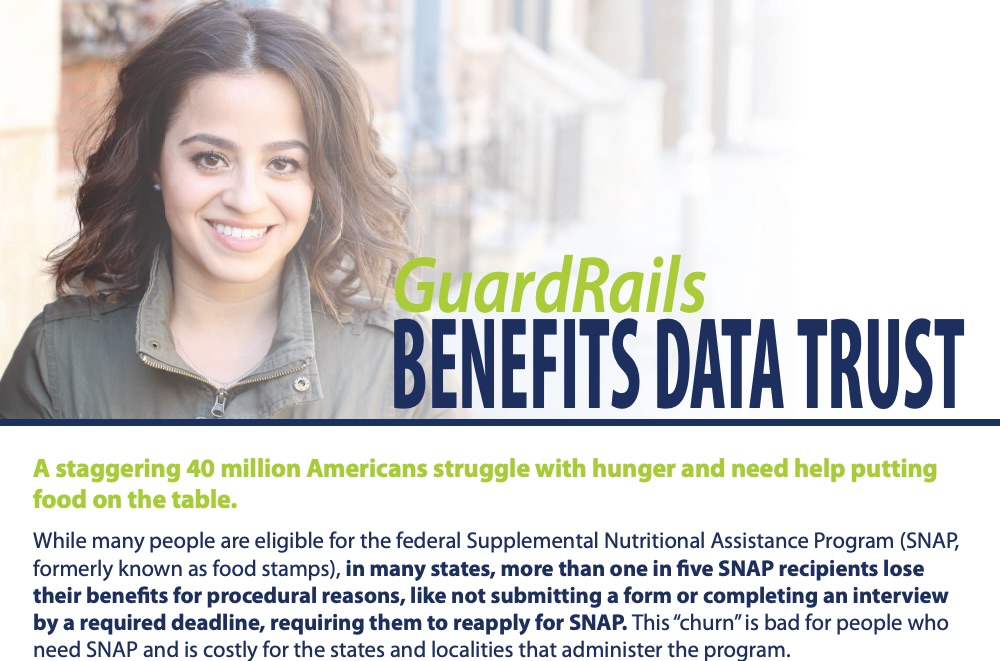
Guardrails: Automated SNAP Recertification Assistance
The GuardRails Strategy uses behavioral nudges to help NYC SNAP recipients complete recertification and avoid benefit loss.